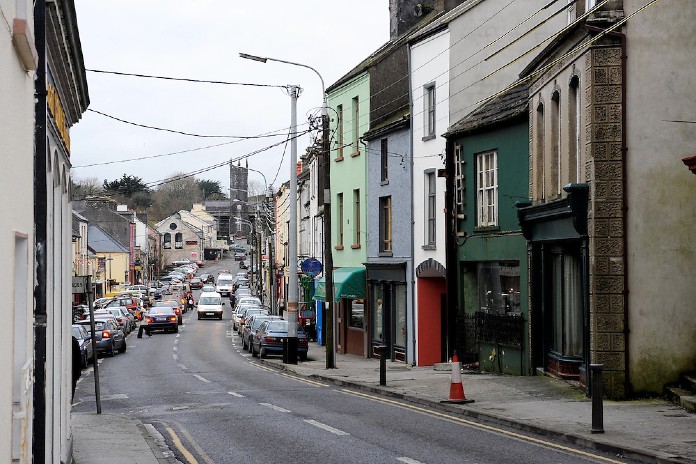OVER-TOURISM and the emergence of “rusty buckets” is one of the threats to towns and villages in some of Clare’s tourist hotspots, a meeting has heard.
That’s according to the initial findings of pilot study looking at the impact of pre- and post-Covid commuting patterns in Ennistymon and Lahinch.
‘InPLACE: Investigating Place, Planning and Commuting’, has initially focused on Ennistymon-Lahinch and Newtownmountkennedy, Wicklow.
At the September meeting of the west Clare municipal district (MD), researcher and geographer Brendan O’Keeffe said the study’s initial findings highlighted the danger of over-tourism and the emergence of “rusty buckets” in north and west Clare.
Mr O’Keeffe said that while Clare attracts a high level of coach and package tourism, visitors often do not spend money locally and instead are based in larger urban centres away from the communities in question.
He told the meeting that to avoid the emergence of what he called “rusty buckets”, tourism “needs to deliver for the local economy and communities in the area”. The study also identifies segregation or the siloing of communities as a threat to the areas in and around Ennistymon and Lahinch.
“We need to avoid any sense of that happening”, Mr O’Keeffe told the meeting.
The meeting heard that researchers have carried out over 30 interviews with local elected representatives, local authority officials, local businesses and community and voluntary organisations as part of the study’s initial phase.
Mr O’Keeffe said the some of the strengths associated with Ennistymon and Lahinch include the multi-functional harnessing of local resources and the strong fusion of traditions.
Mr O’Keeffe said the initial findings also show there is a strong sense of liveability and place in Ennistymon and Lahinch.
“There is a good vibe about the place,” he added.
Some of the challenges identified so far include circulation and mobility relating to access for traffic, pedestrians and cyclists.
Mr O’Keeffe said water quality and waste water treatment emerged as key concerns as did housing supply, affordability and “skyrocketing” house prices in Lahinch.
Mr O’Keeffe said opportunities for the area arise from the development of a new education campus and the Ennistymon digital hub.
The meeting heard the Ennistymon hub had the potential to create a “critical mass of investment and business opportunities”.
Mr O’Keeffe said it was clear there is a strong awareness of the area’s heritage and ecology, a good quality of life and the potential for growth in the creative economy.
The meeting heard the study will continue in the coming months in the form of literature and mapping analysis, further survey questionnaires, workshops and focus groups.
Dr Karen Keaveney of University College Dublin (UCD) told the meeting the inPlace study aims to provide a greater understanding of housing needs and inform local, economic and community development plans and regional spatial strategies.
by Ronan Judge


